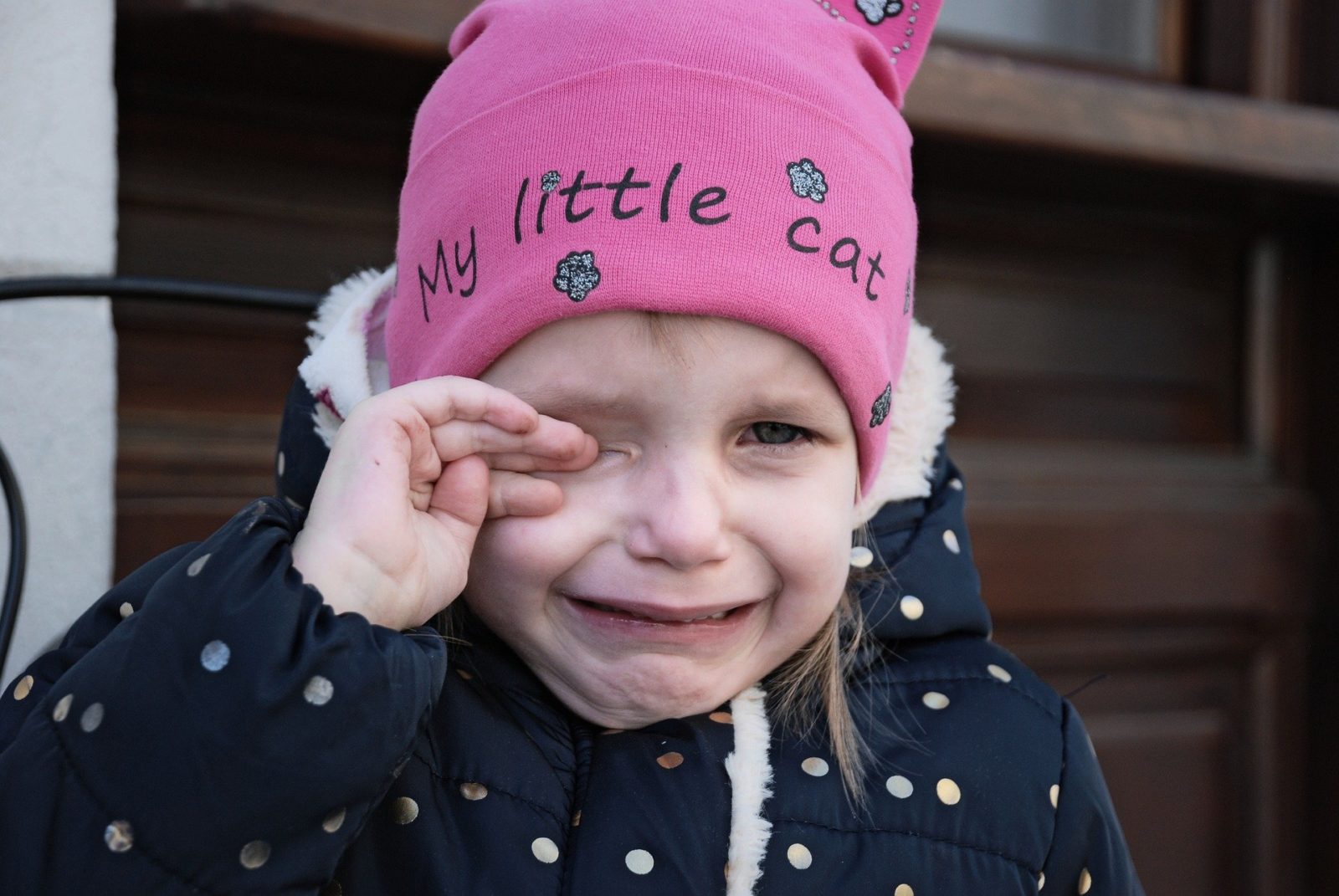Young children can easily feel overwhelmed with feelings. Big emotions might be triggered in a child when they are overly tired, hungry, or just over stimulated. Fortunately, parents and other caring adults can lead the way in helping little children with big feelings.
According to the National Association of the Education of Young Children, helping little children with big emotions comes with supporting the development of what is called emotional intelligence. This organization defines emotional intelligence as a skill set that helps people to be able to notice and identify what it is they are feeling and then to guide their actions and thoughts with this awareness. Fortunately, parents, teachers and other loving adults in a child’s life can assist with this.
6 Ways for Helping Little Children With Big Feelings
- Practice recognizing feelings with feeling faces. When looking at images of human faces with expressions in a book or magazine, reflect aloud your curiosity as to what this person may be feeling. You can do the same with your child’s television shows and movies. Recognizing feelings in others can help your child recognize feelings in herself.
- Read books with your child about feelings. Awareness and recognition of emotions and words that point to various emotions can be very helpful for children in their process of developing awareness of their own emotions. Children’s books designed to help children with recognizing and naming emotions is a great practice to share while connecting before bed or on a rainy afternoon.
- Own your own feelings aloud. Model for your child what it is to recognize your feelings and take responsibility for them. You might say, “I am feeling frustrated that I can’t get this jar of pickles open! I think I need to pause and take some deep breaths and see if I can think of another way to get it open.”
- Connect rather than correct. When your child becomes overcome with frustration, anger or sadness, seek to connect and validate. Avoid all corrective action unless safety is an issue and in that case, lovingly redirect. Offer a hug or a snuggle on the couch. Affirm the feeling (i.e. “Whew I can see you are feeling really angry that your brother knocked over your tower. You worked hard to build that tower. Would you like to jump up and down with those angry feelings or would you like a hug?”)
- Measure intensity of feelings. You might create a feelings thermometer or a feelings scale of 1-5 to help your child identify and express how intense his feelings are. This helps with awareness and recognition but it also can be the first step to co-regulating those big emotions.
- Be the trickle down of calm. Being calm is not always the ultimate answer. BUT, if adults are able to practice finding their own inner calm in the midst of the storm of a child’s big feelings, your sense of calm presence will go a long way in helping little children with big feelings. As you ground yourself in your own practiced sense of calm, you can validate your child’s big emotions, help name them and offer co-regulation support by way of hugs, doing an activity together or just affirming and soothing along the way.
Helping little children with big emotions doesn’t have to be a monumental or complex task. In fact, parents’ willingness to notice their own emotions and accept that having big feelings is a part of life for everyone will go a long way. Simply having and expressing empathy for your young child and understanding they are feeling overwhelmed is a great starting point.

